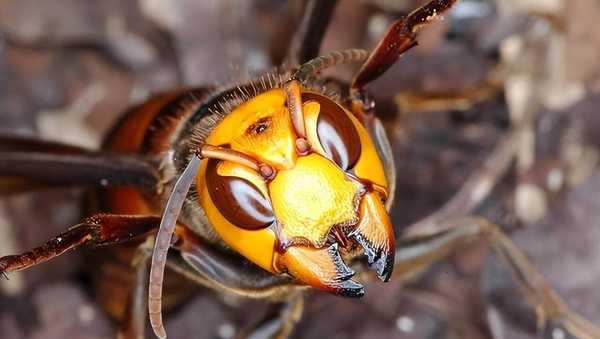Bird vs Hornet: A Natural Arms Race
The Oriental Honey Buzzard has evolved remarkable defensive adaptations against the deadly Asian Giant Hornet, demonstrating nature’s evolutionary arms race through specialized feathers and membranes that neutralize the hornet’s deadly stings.

The confrontation between the Asian Giant Hornet (Vespa mandarinia) and the Oriental Honey Buzzard presents a fascinating example of evolutionary adaptation in nature. While humans and other mammals fear these aggressive hornets, the buzzard has developed extraordinary defenses that allow it to raid hornet nests with relative impunity.
The Asian Giant Hornet, known in China as the “Tiger-headed Hornet,” is one of nature’s most formidable insects. A single colony can contain thousands of hornets, each armed with a 6mm stinger that can penetrate most animals' skin and deliver potent venom. Their coordinated attacks have proven fatal to humans, with venom potent enough to cause organ failure when victims receive multiple stings.
However, the Oriental Honey Buzzard has evolved specialized countermeasures through millions of years of competition. The bird’s most notable adaptation is its dense coating of specially modified feathers. These feathers are shorter, harder, and more tightly packed than those of other raptors, effectively forming a natural armor that prevents hornet stingers from reaching the bird’s skin.
Most remarkably, the buzzard has developed protective membranes over its eyes - a vulnerable target that would otherwise be exposed to hornet attacks. This adaptation demonstrates the evolutionary arms race between predator and prey, as the hornets' primary weakness-targeting strategy has been countered by the buzzard’s defensive innovation.
The buzzard’s hunting strategy shows equal sophistication. When confronting large hornet colonies, the birds often hunt in pairs, with one bird acting as a decoy to draw defenders away while its partner raids the nest. This behavior suggests not only physical adaptation but also the development of complex hunting strategies.
Recent research has revealed another fascinating adaptation - the buzzard’s feathers appear to be coated with a chemical compound that reduces hornet aggression. This multi-layered defense system - physical, chemical, and behavioral - allows the buzzard to exploit a food source that most other predators must avoid.
The relationship between the Oriental Honey Buzzard and Asian Giant Hornet exemplifies the sophisticated defensive and offensive capabilities that can emerge through evolutionary processes. While humans rely on artificial protection against hornet attacks, the buzzard has developed natural defenses that make it nearly invulnerable to one of nature’s most dangerous insects.
This remarkable adaptation serves as a reminder that nature’s evolutionary processes can produce extraordinary solutions to seemingly insurmountable challenges. The buzzard’s success against the hornets demonstrates how specialized adaptations can overcome even the most formidable natural weapons.